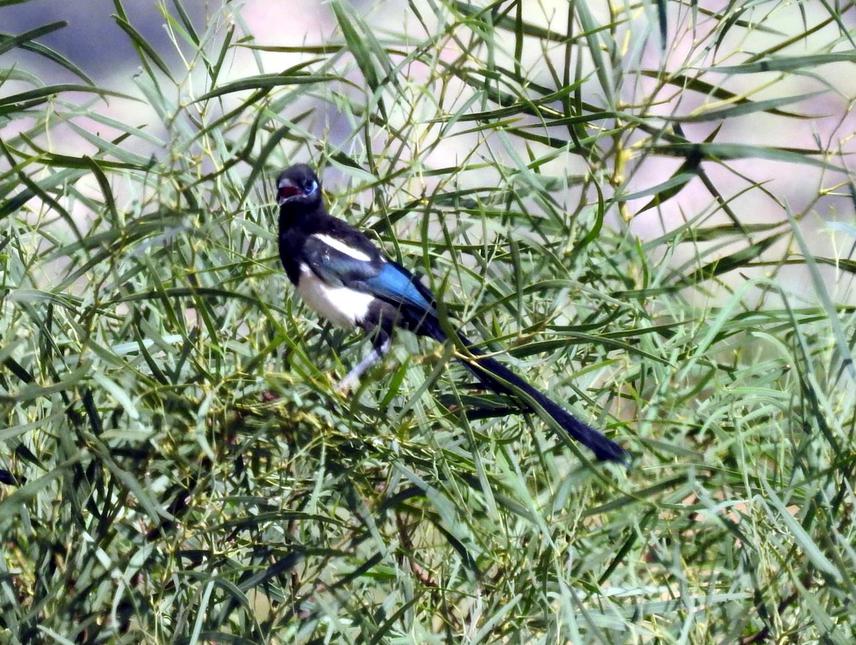Aymen Nefla
North African Magpie is recently considered as a new species. Only one population of Maghreb Magpie Pica mauritanica occurs in Tunisia and few ones in Algeria and Morocco. This species is highly threatened in North Africa with no clear conservation status. Also it is poorly known and no data are available. This critical situation makes conservative intervention indispensable more than ever. The present project aims are to provide updated information on distribution, populations’ dynamics and breeding requirements of Maghreb Magpie in North Africa to identify the major threat of North African populations and to establish a basis for conservation measures.

The interest in conservation of birds has experienced a significant increase during the last years. The acute decline experienced by North African Maghreb Magpie populations (especially in Tunisia) in recent decades is mainly due to the destruction and fragmentation of their natural habitat by clearing and deforestation that has principally touched Searsia tripartite shrub forests to which the species was strictly depended (Zaafouri and Chaïeb 2013). These practices have contributed to the decline in breeding numbers and the weakening of the populations that have become isolated over time. Therefore, conservation of this species has become a priority in their range (Maghreb countries).
In North Africa, excepting the preliminary study focused on Maghreb Magpie’s breeding strategy elaborated by Ouni (2017), no elements on biology and ecology of species are available which makes it difficult to establish the appropriate conservation and management strategies. Nevertheless, the main obstacle to establish conservation for Tunisian population is the lack of information. Therefore, updating data related to distribution, populations’ dynamics and breeding features will be required to develop a sustainable conservation strategy.
The aim of this study is to present the first data obtained of a one year-monitoring of Maghreb Magpie populations in North Africa (Tunisia, Algeria and Morocco). The objectives are to establish a starting point in the analysis of the conservation status of Maghreb Magpie populations in North Africa and the subsequent establishment of measures if necessary.
This includes:
- Checking the presence of the Maghreb Magpie in the potential suitable habitats and ancient site.
- mapping the breeding sites of the Maghreb Magpie cited in the literature,
- mapping the identified new breeding sites for the species,
- estimate the population size in major North African sites,
- provide first data on breeding performance of the Maghreb Magpie in North Africa
- identify and assess the impact of major threats and estimate the degree of its vulnerability,
- suggesting an action plan for the Maghreb Magpie conservation in the most threatened sites.